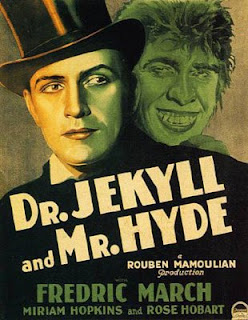When The Life and Strange Surprising Adventures of Robinson Crusoe of York, Mariner, was published in 1719, it was received by many as a factual account. And there was good reason to do so; many sailors who had been castaways had written narratives, and in an era when not all the globe had yet been charted, there was still plenty of room for unknown "desert isles" (the phrase means deserted isles -- no sand is present or implied!).
But it turned out that the book was the work of Daniel Defoe, whose other great claim to fame was a similar portmanteau of fact and fiction, A Journal of the Plague Year. In both texts, Defoe used actual journals, reminiscences, and newspaper articles as his sources, mimicking the language, tone, and apparatus of his sources, tossing in numbers and dates and longitudes and latitudes to set the seal of truth upon his sly fictions. The story of Alexander Selkirk, who really had been stranded on a remote island for four years, provided the thread in this case. And, as Defoe's latter-day follower Edgar Allan Poe once wrote in a review, "how wonderful has been the result!"
We must now fast forward to some point in the 1940's, when the young John Maxwell Coetzee got his hands upon a copy of the book; it became a treasured favorite, and when, some time later, he found an encyclopedia article saying that Daniel Defoe was the author of Robinson Crusoe, he experienced, by his own account, an existential crisis: how could Robinson Crusoe, the man, have an author? Thus the preamble, and the title, to the lecture he delivered on receiving the Nobel Prize for Literature in 2003. Crusoe, of course, already had a "man" (in English usage of the day, "man" was short for "manservant"), whom he'd dubbed "Friday." But now, stranger still, he had another man, or another man had him -- the author.
Coetzee had explored this years earlier in his own novel, Foe - but the Nobel lecture gives us a shorter, sweeter apothegm of the curious postcolonial echoes of Defoe's original story.









